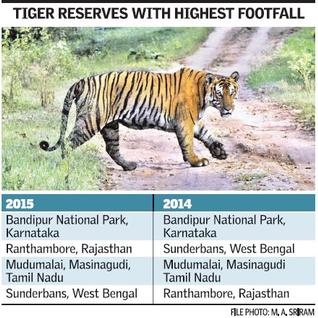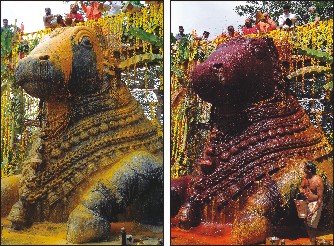
‘Karnataka is a land of a multi-cultural, multi-ethnic and multi-lingual nature’
President Pranab Mukherjee has paid rich tributes to the unique features of Karnataka and its rich historical background and termed the State as the land of “a multi-cultural, multi-ethnic and multi-lingual nature”.
He also spoke very highly about the rich cultural legacy of the Hyderabad Karnataka region, while delivering the convocation address of the Central University of Karnataka at the ESIC Medical Education Complex auditorium here on Tuesday.
The President said that religions such as Buddhism, Jainism, Veerashaivism (Lingayatism) and Islam flourished in the region. The Vachana movement, Sufi movement, keertanakars and thatva padakars had shaped the hearts and minds of the people, Mr. Mukherjee said.
The Hyderabad Karnataka region had its own indigenous identity as Urdu and Persian literature along with Kannada folk literature flourished here.
“The land also carries with it a rich legacy of diverse educational experiments and experiences,” he said.
Mr. Mukherjee said that the region was the seat of two universities in the past –Anubhava Mantap of the 12th century and Mahmud Gawan’s Madarsa which attracted intellectuals from across the country and abroad. The ancient Buddhist centre of learning was located at Sannati in Chitapur taluk in Kalaburagi district and Nagavi Ghatikasthan too was located at Chitapur. “It is incumbent on the contemporary educational institutions in the State to take forward this tradition of knowledge.”
Mr. Mukherjee said that the Central University of Karnataka could set its educational priorities in its nascent stage itself to achieve the lofty ideals set by the seers and educationists.
The university, which had a modest beginning, made tremendous progress in a short period of time, the President said.
He said that the university was proceeding in the right direction to mould the destinies of the youth of this region. Mr. Mukherjee paid compliments to the university authorities for waiving the fees of girl students from economically weaker sections of society.
Mr. Mukherjee said that the students passing out with merit from the university had been provided with implements to shine wherever they go and flourished whatever they do. The students should comprehend the hopes and expectations of their relatives, society and nation at large and they were duty bound to uplift the underprivileged and the alleviate the burning problems of society.
source: http://www.thehindu.com / The Hindu / Home> National> Karnataka / by T.V. Sivanandan / Kalaburagi – December 23rd, 2015








